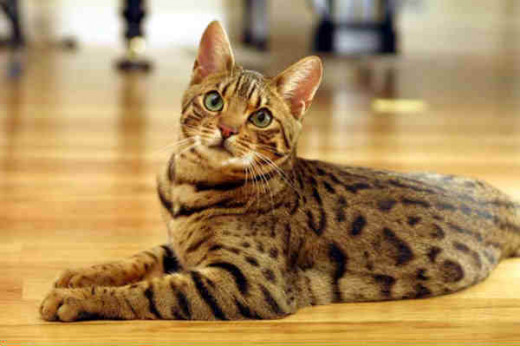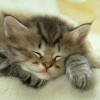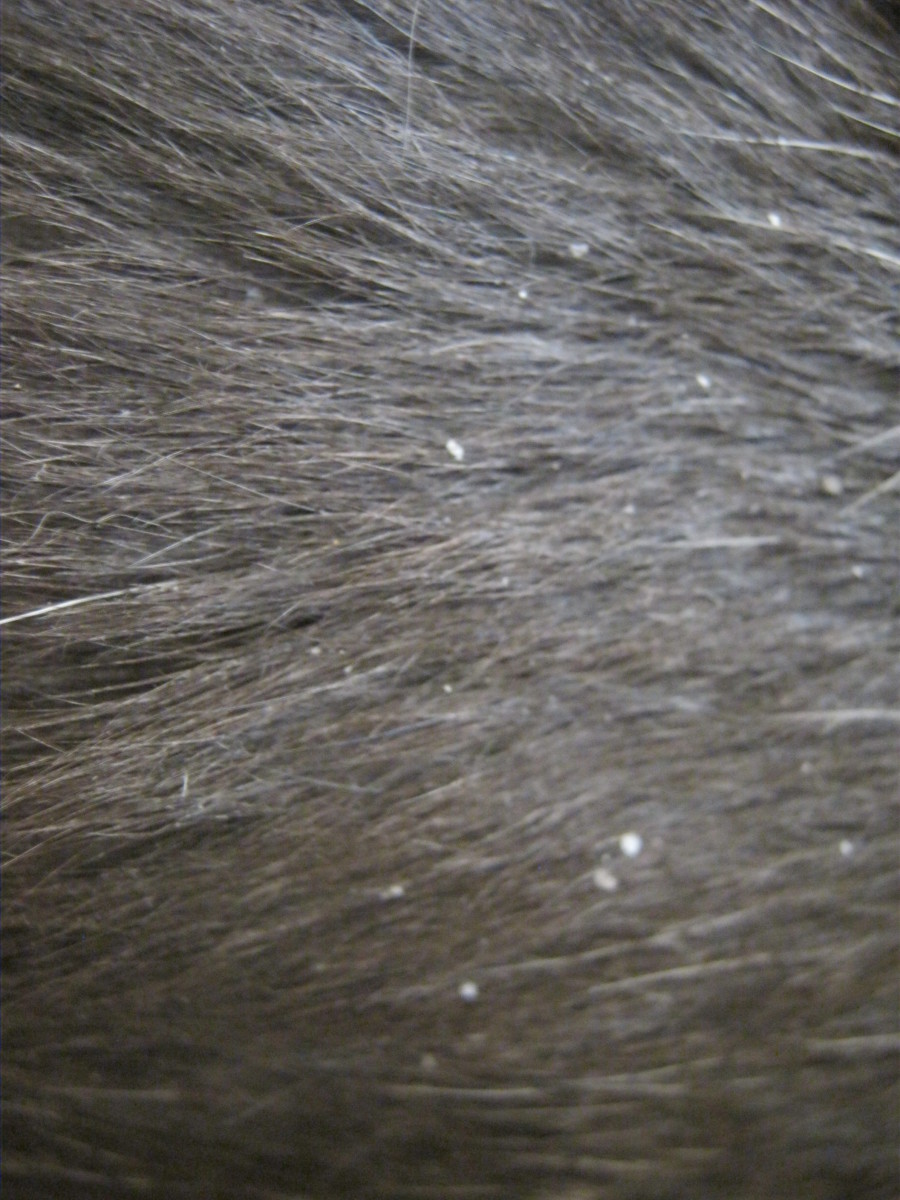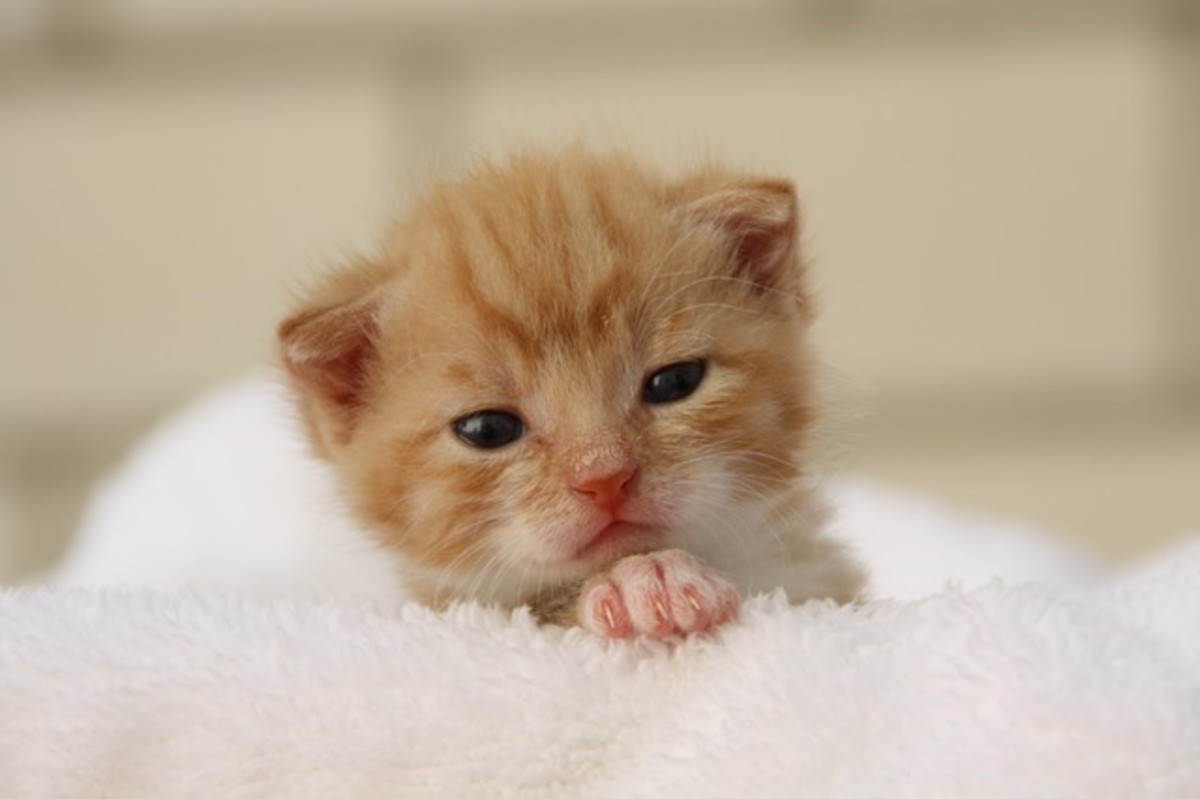- HubPages»
- Pets and Animals»
- Cats & Cat Breeds»
- Cat Health
The Bengal Cats

Bengal Cat is a cross breed between ‘Domestic Cat’ and the wild ‘Asian Leopard Cat' (ALC). The Asian Leopard Cat is found in a wide triangular region of Asia between Northern Pakistan, Indonesia and Korea. To have a cat that is gentle and friendly, it has to be at least fourth generation (F4), from the original crossing. Otherwise; it would be wild and restless and unsuitable to be kept as a pet. So, this cat is actually a hybrid between domestic and a wild cat, created by feline lovers less than a century ago. Abundance of this cat in Pakistan is surprising, but more surprising is its enormous price tag in Europe and North America which ranges between 1000 and 28000 dollars-- as mentioned in a recent article, about surprisingly expensive pets over Yahoo.
Bengal Cat is different from other breeds like Siamese, Turkish Angora, Bombay, Egyptian Mau, Persian etc. The standard for the Bengal, unlike other cat breeds, include is a description of the cat's ideal temperament, describing it as confident, alert, curious, and an agility that is specific to challenges faced in the wilderness.
Fanciers describe Bengals as playful, gregarious, and energetic cats that have a generous dose of feline curiosity and that want to be involved with their owners. Not intimidated by water, they will sometimes join their owners for a swim, as long as it is on their terms. Since; their ancestor, the ALC is known to catch fish in rocky streams, water is no problem.
In short; it may not be a cat that would like to sleep on your lap or over the tummy, but a cat that is full of life, agility and style; as if having a miniature leopard in your home. Its camouflage jungle appearance makes it even more attractive and unique in domestic environment. All that makes them an exciting package to watch and engage with.
The theory that this cat is actually a hybrid; created by feline lovers less than a century ago, is a bit difficult to believe in the Indo-Pakistan scenario, where this cat is found in abundance. Internationally, the earliest mention of a domestic/Asian Leopard Cat was in 1934 in a Belgian scientific journal. But this is established fact that this breed was actually developed by feline lovers, by keeping the two parent species together in captivity. The initial offspring in such experiments are usually infertile which means that; it must have been a difficult process to breed them to the Fourth generation.
Roughly every 1/5 of stray cats in Pakistan can be termed as a Bengal Cat by definition. But even the pure domestic cat has the same ratio and the remaining 3/5 is gray area, of a mixture between the two. They are so abundant that nobody in Pakistan would like to buy one, for even a dime. They are mostly seen roaming around streets or near garbage dumps. The feline lovers in Pakistan consider it as a cheap worthless breed and it is called “Junglee”, which means a specie that is not pedigreed.
The population of this breed in Pakistan makes one wonder; if it is really a breed created by cat lovers in Into-Pakistan by someone buying Asian Leopard Cats from animal poachers and then keeping them with domestic cats in captivity and going all the way to 4th generation after numerous infertile kittens, to finally develop perfect Bengal specimen in a few years.
However there is a possibility that since this cat is stronger and has a tendency to rule and become the “alpha-male”, it could have managed to father more offspring then the domestic cat in an environment, where cats are found in stray condition thus; contributing towards its segment in the cat population. And the chain reaction may have originally started with some foreigner, bringing it here.
The phenomenon of a 'derived specie' very quickly taking over the original one, is not in-common in the animal world – infect another example of man fiddling with the nature. This gives rise to the critical question that; "if this cat has captured so much share in cat population in a short span of time, is it possibe that the 'domestic cat' ln Pakistan, will become an endangered specie, in next few decades?"
Regarding health issues; in recent years, a novel early-onset autosomal recessive disorder was diagnosed in this breed, which is an early-onset primary photoreceptor disorder, leading to blindness within the first year of age. This disorder is different from the commonly occurring cataract which occurs across the board in almost all cat breeds in their elderly age.



